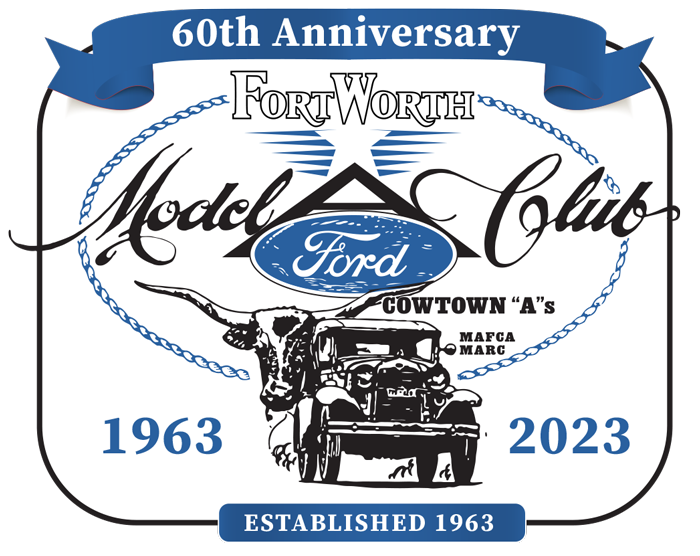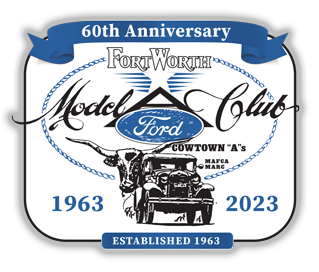The History of Henry Ford
 Henry Ford (1863-1947)
Henry Ford (1863-1947)
Born on July 30, 1863, in Dearborn, Michigan, Henry Ford’s early life on a farm did little to hint at his future as an industrial titan. Yet, his story is one of ambition fueled by a relentless drive and a natural inclination towards mechanics and engineering. From a young age, Ford showed an interest in machinery, often dismantling and reassembling timepieces.
Henry Ford’s company was not the first to build cars, but it revolutionized the production process. Ford introduced assembly line production, significantly lowering the cost of manufacturing and making cars more affordable to the general public.
Before the Model A, Ford produced the Model T, introduced in 1908. It was hugely successful and is often credited with putting America on wheels. The Model T was simple, durable, and affordable, making it a hit with the masses.
The Ford Model A was introduced in 1927 as a replacement for the aged Model T. It was a response to competition from other car manufacturers and changing consumer demands.
Innovation in Design
The Model A was more complex and stylish than the Model T. It came in various body styles, including coupes, sedans, and roadsters. It had a water-cooled L-head 4-cylinder engine and was capable of reaching a top speed of around 65 mph. The Model A was the first Ford to use standard driver controls with conventional clutch and brake pedals, throttle, and gearshift. It also featured safety glass in the windshield.
During its production run from 1927 to 1931, over 4 million Model A’s were produced. This model was available in a wide range of colors, unlike the Model T, famously available only in black for many years.
The production of the Model A ended in March 1932, to be replaced by the Ford Model B and later, the Model 18.
His Legacy
Henry Ford’s impact on the automotive industry and manufacturing processes was immense. His methods of mass production and the moving assembly line became standard practices in various industries across the globe.
Ford’s influence wasn’t limited to manufacturing. He also revolutionized the labor market by introducing the $5 workday, an unprecedented move at the time. This strategy not only reduced employee turnover but also increased productivity. It was a win-win situation: workers earned a decent living wage, and Ford maintained a happy, stable workforce.
Beyond his industrial achievements, Ford was also known for his philanthropic efforts. He had a keen interest in education and established institutions like The Henry Ford Museum to preserve American innovation and history.
Henry Ford, at the age of 83, had solidified his status as the most prolific native contributor in the history of the United States. As Edgar A. Guest expressed in his powerful radio homage …
“We are all indebted to him now. Whether rich or poor, in humble or high positions, each of us has experienced an improvement in our lives through his labor. He entered a world where the backs of men were weary and burdened. Through the dreams he pursued and realized, the weight of drudgery was lifted from the shoulders of the humble and transferred to the realms of steel and wheel. His work was done. “
Henry Ford passed away in 1947, but his legacy endures. He was not just an inventor and an industrialist; he was a visionary who fundamentally changed how products are manufactured and how labor is valued. The principles he introduced in the early 20th century continue to influence manufacturing and labor practices to this day.






